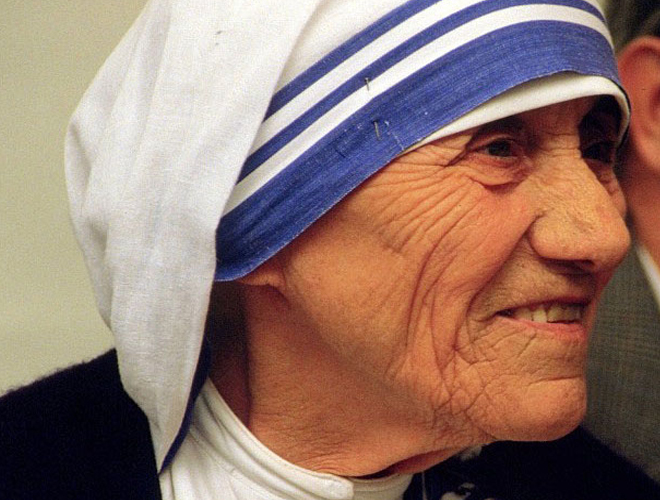Continuing in my series on Recommended Books, here is why I chose Something Beautiful for God by Malcolm Muggeridge.
[featured-image single_newwindow=”false”]
This book builds upon the theme of “Inquiry,” where we are exploring topics that introduce a person into the beauty of the Christian faith. Something Beautiful for God is a perfect example of a book that showcases the amazing life of a Christian who lived a life wedded to the Gospel.
The author of Something Beautiful for God, was a newly converted Protestant Christian at the time he wrote the book, extremely skeptical of the Catholic Church. Yet, it was Mother Teresa’s profound example that changed him in ways he never expected.
Here is a description of the book from the publisher:
No woman alive today has inspired so many with her simplicity of faith and compassion so all-encompassing. As she daily embraces the “least of the least” in her arms, Mother Theresa challenges the whole world to greater acts of service and understanding in the name of love.
First published in 1971, this classic work introduced Mother Theresa to the Western World. Something Beautiful for God interprets her life through her conversations with Malcolm Muggeridge, the quintessential worldly skeptic who experienced a remarkable conversion to Christianity because of her exemplary influence. He hails her as a “light which could never be extinguished.”
The book highlights a simple truth that Pope Paul VI once wrote about. He explained, “Modern man listens more willingly to witnesses than to teachers, and if he does listen to teachers, it is because they are witnesses.”
Indeed, Muggeridge was drawn to the Catholic Church because of his experience seeing the Gospel lived out by Mother Teresa. He later wrote about her and how she impacted his life.
There is a phrase in one of the psalms that always, for me, evokes her presence: “the beauty of holiness” — that special beauty, amounting to a kind of pervasive luminosity generated by a life dedicated wholly to loving God and His creation. This, I imagine, is what the haloes in medieval paintings of saints were intended to convey.
Father Bidone, an Italian priest, now alas dead, and Mother Teresa have been the major influence in my final decision to join the Catholic Church, although it took me a long time to do so.
I highly recommend this book to anyone, especially those who need an inspirational read that shows how remarkable a truly Christian life can be.


